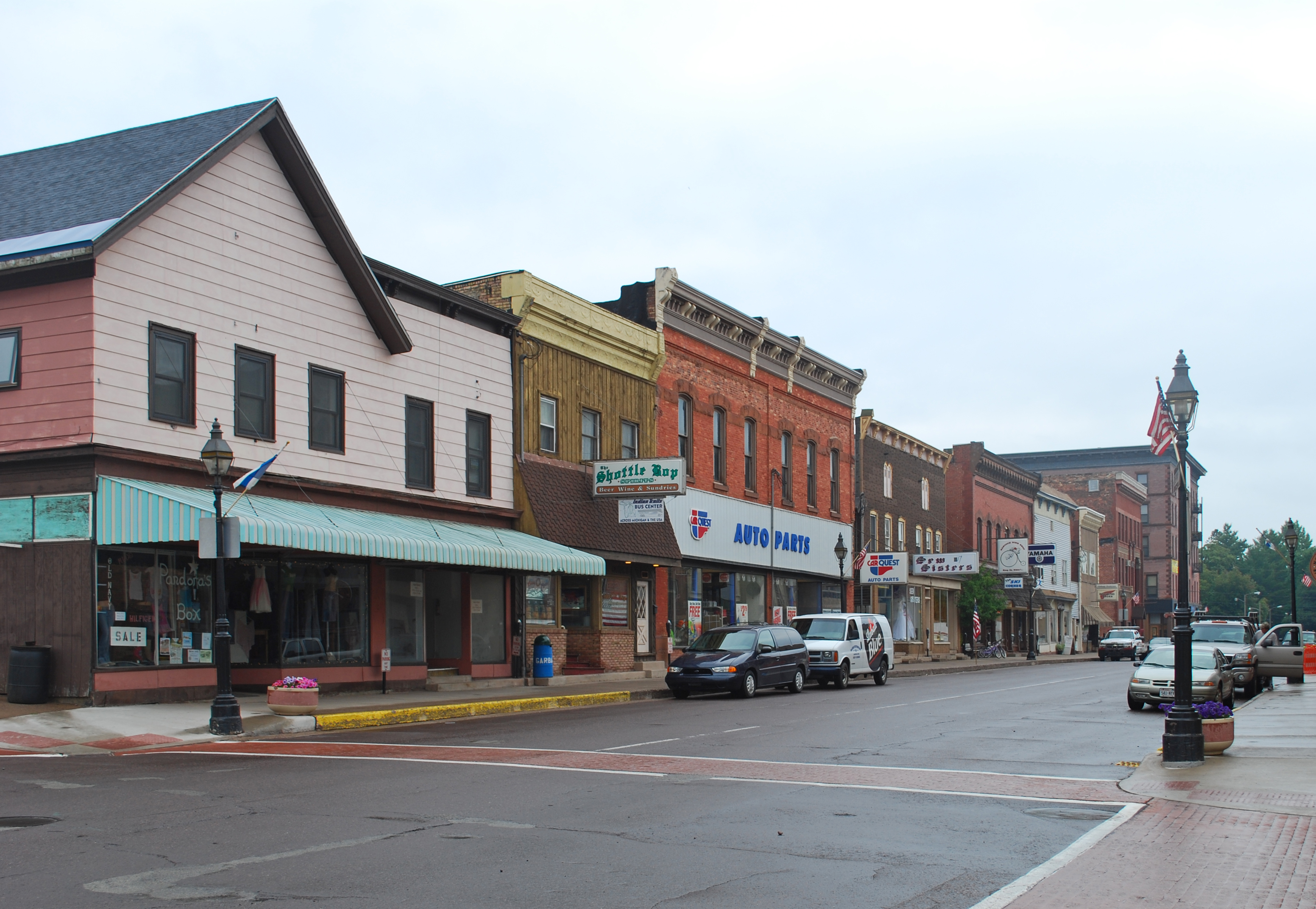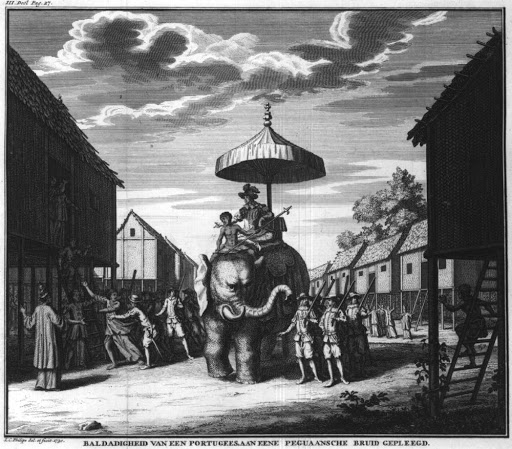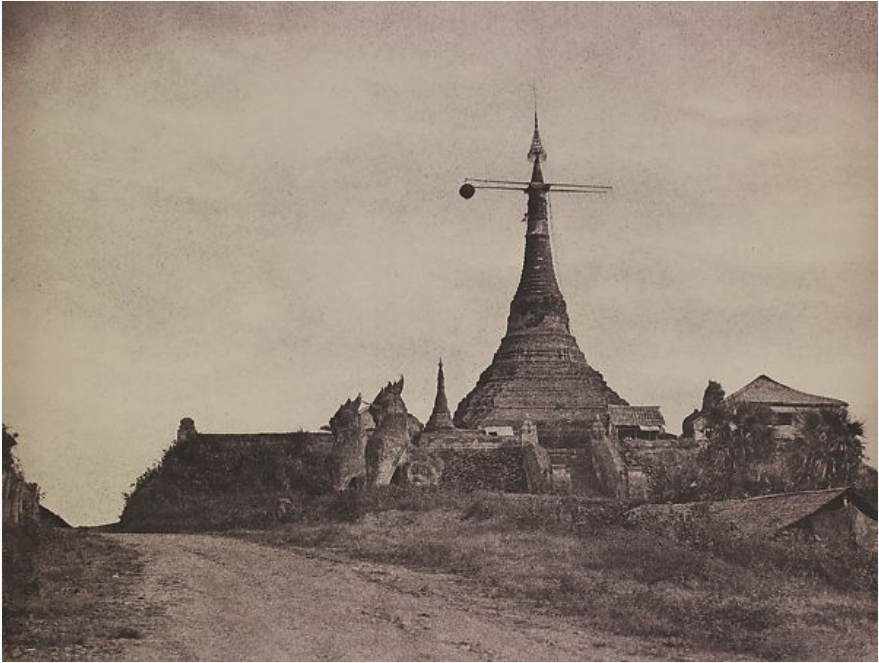|
Payagyi
Payagyi (; also spelt Hpayargyi or Hpayagyi) is a town in Bago Township, Bago Region, Myanmar that was elevated from village status in 2013. The four villages the Hpayargyi village tract- Hpayagyi, Shansu, Taungpeteekone and Natkin- were consolidated into three urban wards of the newly created town of Payagyi by the Ministry of Home Affairs. The town is located roughly 10 miles northeast of Bago via the Yangon-Mandalay Highway. Payagyi is also the starting point of National Highway 8 and serves as a junction along the Asian Highway Network between AH1's main route and its spur going to Yangon. In 2014, the 2014 Myanmar Census counted 16,805 people in the three urban wards of Payagyi. In 2018 the General Administration Department The General Administration Department (, abbreviated GAD) is a civil service body that staffs all regional and state-level governments in Myanmar and provides administration for the country's myriad districts and townships. It also plays a centra ... ... [...More Info...] [...Related Items...] OR: [Wikipedia] [Google] [Baidu] [Amazon] |
National Highway 8 (Myanmar)
National Highway 8 (NR8), or simply Highway No. 8 is the most important highway of southeastern Burma. It runs from Payagyi to Myeik, connecting Bago to Myeik. The highway is joined by National Highway 1 in Payagyi (north of Bago) at . At Thaton, it joins National Road 85. The highway then continues south and ends on the coast at Myeik at . It is also part of Asian Highway 1. During the ongoing Myanmar civil war, Karen National Liberation Army and People's Defence Force groups took control of the highway between Ye and Thanbyuzayat in southern Mon State Mon State (, ; ) is an administrative division of Myanmar. It lies between Kayin State to the east, the Andaman Sea to the west, Bago Region to the north and Tanintharyi Region to the south, also having a short border with Thailand's Kanchanabu ... and enforced checkpoints on the junta's military personnel travelling south. References AH1 Roads in Myanmar {{Burma-road-stub ... [...More Info...] [...Related Items...] OR: [Wikipedia] [Google] [Baidu] [Amazon] |
Bago Township
Bago Township or Pegu Township is a township in Bago District in the Bago Region of Burma."Myanmar States/Divisions & Townships Overview Map" Myanmar Information Management Unit (MIMU) The principal town is Bago. Bago Township is an urban township with Bago city taking up 96.53 square miles (250 km2) of the township. Bago Township has 40 wards that create 3 cities (Bago, Payagyi and Ingadaw) and 211 villages grouped into 66 village tracts. Bago is the capital of Bago Region and has been the capital of various Mon and Burmese kingdoms and empires throughout its hi ... [...More Info...] [...Related Items...] OR: [Wikipedia] [Google] [Baidu] [Amazon] |
Asian Highway Network
The Asian Highway Network (AH), also known as the Great Asian Highway, is a cooperative project among countries in Asia and the United Nations Economic and Social Commission for Asia and the Pacific (ESCAP) to improve their connectivity via highway systems. It is one of the three pillars of the Asian Land Transport Infrastructure Development (ALTID) project, endorsed by the ESCAP commission at its 48th session in 1992, comprising Asian Highway, Trans-Asian railway (TAR) and facilitation of land transport projects. Agreements have been signed by 32 countries to allow the highway to cross the continent and also reach to Europe. Some of the countries taking part in the highway project are India ( Act East policy), Sri Lanka, Pakistan, China, Iran, Japan, South Korea, Nepal and Bangladesh. Most of the funding comes from the larger, more advanced Asian nations such as China, South Korea and Singapore as well as international agencies such as the Asian Development Bank (ADB) and the ... [...More Info...] [...Related Items...] OR: [Wikipedia] [Google] [Baidu] [Amazon] |
Town
A town is a type of a human settlement, generally larger than a village but smaller than a city. The criteria for distinguishing a town vary globally, often depending on factors such as population size, economic character, administrative status, or historical significance. In some regions, towns are formally defined by legal charters or government designations, while in others, the term is used informally. Towns typically feature centralized services, infrastructure, and governance, such as municipal authorities, and serve as hubs for commerce, education, and cultural activities within their regions. The concept of a town varies culturally and legally. For example, in the United Kingdom, a town may historically derive its status from a market town designation or City status in the United Kingdom, royal charter, while in the United States, the term is often loosely applied to incorporated municipality, municipalities. In some countries, such as Australia and Canada, distinction ... [...More Info...] [...Related Items...] OR: [Wikipedia] [Google] [Baidu] [Amazon] |
Ministry Of Home Affairs (Myanmar)
The Ministry of Home Affairs (, ''Pyi-dàe-yè-wun-gyì-ta-ná''; abbreviated MOHA) administers Myanmar's internal affairs. Headquartered in the Myanmar capital Naypyidaw, it is one of three ministries that are directly controlled by Commander-in-Chief of Defence Services. Objectives * State Security * Preservation of Law and Order * Community Peace and Tranquility * To Carry out Social Rendering Service Departments Current Departments *Union Minister Office * Myanmar Police Force * Bureau of Special Investigation *General Administration Department * Prison Department *Fire Service Department On 28 December 2018, General Administration Department was transferred to the civilian-led Ministry of the Office of the Union Government from the Ministry of Home Affairs. After the 2021 Myanmar coup d'état, on 5 May 2021, it was reorganized under MOHA, under military leadership. References See also * Cabinet of Burma {{authority control HomeAffairs Myanmar M ... [...More Info...] [...Related Items...] OR: [Wikipedia] [Google] [Baidu] [Amazon] |
Yangon
Yangon, formerly romanized as Rangoon, is the capital of the Yangon Region and the largest city of Myanmar. Yangon was the List of capitals of Myanmar, capital of Myanmar until 2005 and served as such until 2006, when the State Peace and Development Council, military government relocated the administrative functions to the purpose-built capital city of Naypyidaw in north central Myanmar. With over five million people, Yangon is Myanmar's most populous city and its most important commercial centre. Yangon boasts the largest number of colonial-era buildings in Southeast Asia, and has a unique Downtown Yangon, colonial-era urban core that is remarkably intact. The colonial-era commercial core is centered around the Sule Pagoda, which is reputed to be over 2,000 years old. The city is also home to the gilded Shwedagon Pagoda – Myanmar's most sacred and famous Buddhist pagoda. Yangon suffers from deeply inadequate infrastructure, especially compared to other major cities in Sou ... [...More Info...] [...Related Items...] OR: [Wikipedia] [Google] [Baidu] [Amazon] |
National Highway 1 (Myanmar)
National Highway 1 (NR1), literally "The Road to Mandalay ") is an important south–north flowing highway of central Burma and the busiest road in the country. It connects Yangon to Meiktila where it joins the National Highway 4 going east and then NR1 continues north to Mandalay. The highway begins in western Yangon at Pyay Road Pyay Road (, formerly Prome Road) is a major thoroughfare of Yangon, Burma and the first stage of the National Highway 1 (Burma), National Highway 1 which eventually leads to Mandalay. It crosses the western-central side of the city in a north– ... and then continues north to Meiktila where it joins the National Highway 4 at approximately . The highway then continues north and ends at central Mandalay, where it joins the National Highway 3 at . References {{Burma-road-stub Roads in Myanmar ... [...More Info...] [...Related Items...] OR: [Wikipedia] [Google] [Baidu] [Amazon] |
Bago, Myanmar
Bago (formerly spelled Pegu; , ), formerly known as Hanthawaddy, is a city and the capital of the Bago Region in Myanmar. It is located north-east of Yangon. Etymology The Burmese name Bago (ပဲခူး) is likely derived from the Mon language place name Bagaw (, ). Until the Burmese government renamed English place names throughout the country in 1989, Bago was known as Pegu. Bago was formerly known as Hanthawaddy (; ; ; lit. "she who possesses the sheldrake"), the name of a Burmese-Mon kingdom. An alternative etymology from the 1947 Burmese Encyclopedia derives Bago (ပဲခူး) from Wanpeku () as a shortening of Where the Hinthawan Ducks Graze (). This etymology relies on the non-phonetic Burmese spelling as its main reasoning. History Establishment Various Mon language chronicles report widely divergent foundation dates of Bago, ranging from 573 CE to 1152 CEA version of the 18th century chronicle '' Slapat Rajawan'' as reported by Arthur Phayre ... [...More Info...] [...Related Items...] OR: [Wikipedia] [Google] [Baidu] [Amazon] |
Village
A village is a human settlement or community, larger than a hamlet but smaller than a town with a population typically ranging from a few hundred to a few thousand. Although villages are often located in rural areas, the term urban village is also applied to certain urban neighborhoods. Villages are normally permanent, with fixed dwellings; however, transient villages can occur. Further, the dwellings of a village are fairly close to one another, not scattered broadly over the landscape, as a dispersed settlement. In the past, villages were a usual form of community for societies that practice subsistence agriculture and also for some non-agricultural societies. In Great Britain, a hamlet earned the right to be called a village when it built a church.-4; we might wonder whether there's a point at which it's appropriate to talk of the beginnings of French, that is, when it wa ... ''village'', from Latin ''villāticus'', ultimately from Latin ''villa'' (English ''vi ... [...More Info...] [...Related Items...] OR: [Wikipedia] [Google] [Baidu] [Amazon] |
Administrative Divisions Of Myanmar
Myanmar is divided into 21 administrative divisions, which include #Regions, States, and Union Territory, seven regions, #Regions, States, and Union Territory, seven states, Naypyidaw Union Territory, one union territory, Wa Self-Administered Division, one self-administered division, and self-administered zone, five self-administered zones. Table Following is the table of government subdivisions and its organizational structure based on different regions, states, the union territory, the self-administered division, and the self-administered zones: The regions were called divisions prior to August 2010, and four of them are named after their capital city, the exceptions being Sagaing Region, Ayeyarwady Region and Tanintharyi Region. The regions can be described as ethnically predominantly Bamar people, Burman (Bamar), while the states, the zones and Wa Division are dominated by ethnic minorities. Yangon Region has the largest population and is the most densely populated. ... [...More Info...] [...Related Items...] OR: [Wikipedia] [Google] [Baidu] [Amazon] |
Myanmar Standard Time
Myanmar Standard Time (, ), formerly Burma Standard Time (BST), is the standard time in Myanmar, 6.5 hours ahead of UTC. Myanmar Standard Time (MMT) is calculated on the basis of 97°30′E longitude.MFF 2002: 1 MMT is used all year round, as Myanmar does not observe daylight saving time.USNAO 2013: 262 History Pre-colonial period Myanmar did not have a standard time before the British colonial period. Each region kept its own local mean time, according to the Burmese calendar rules: sunrise, noon, sunset and midnight.(Clancy 1906: 57): The Burmese calendar recognizes two types of day: astronomical and civil. The mean Burmese astronomical day is from midnight to midnight, and represents 1/30th of a synodic month or 23 hours, 37 minutes and 28.08 seconds. The civil day comprises two halves, the first half beginning at sunrise and the second half at sunset. The day was divided into eight 3-hour segments called ''baho'' (ဗဟို), or sixty 24-minute segments called ''nayi'' ... [...More Info...] [...Related Items...] OR: [Wikipedia] [Google] [Baidu] [Amazon] |




